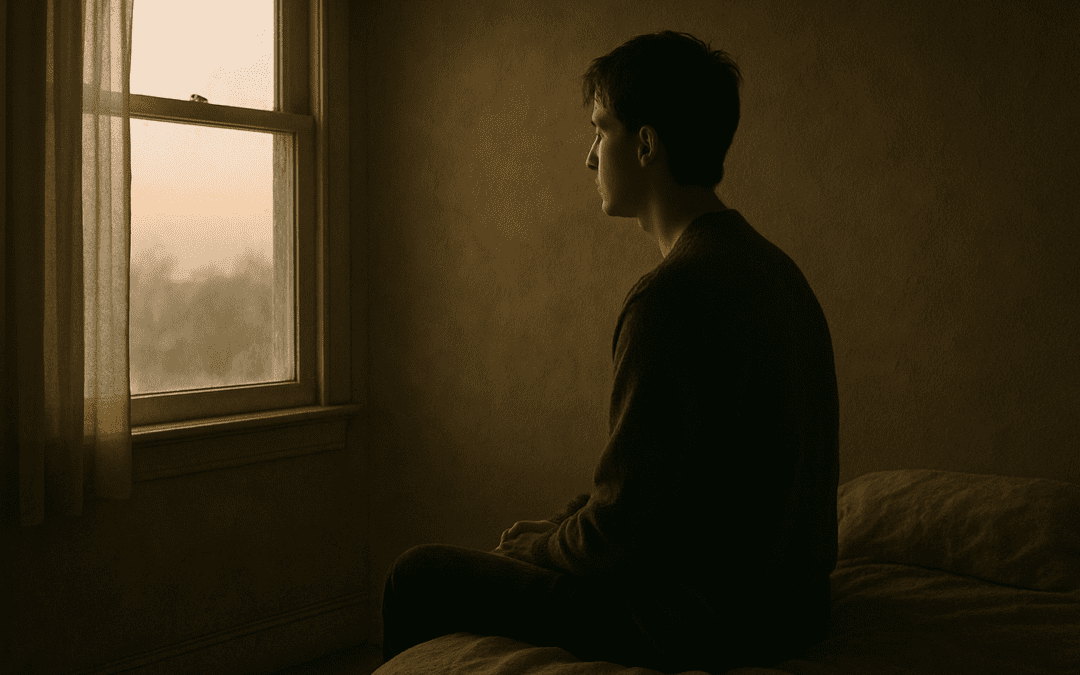Many people experience a deep internal struggle when they feel lonely or alone in the world. But it’s important to understand the differences between these two states of being.
Alone: Having no one else present.
Lonely: Without companions; solitary.
Humans are wired for connection. Like our need for air, water, food, and shelter, connection with others is a fundamental requirement. We are a social species, and our need for connection varies based on individual preferences and circumstances. For now, let’s focus on human-to-human connection.
What does it really mean to make a connection?
Connection: A relationship in which a person, thing, or idea is linked or associated with something else.
Relationship: The way in which two or more people or groups regard and behave toward each other.
Take a moment to reflect: Who are the people you spend time with where you don’t feel alone or lonely?
Now think about the people around whom you do feel alone or lonely.
When you feel alone or lonely, it often means there is no true connection. This lack of connection leaves your basic need for human interaction unmet.
Many of us have experienced the discomfort of being in a crowded room but feeling utterly alone. It’s a painful, isolating feeling. On the other hand, when you’re by yourself with no one around, do you feel lonely?
To be alone and not feel lonely is a beautiful experience, one that is rare for many.
Think about those moments when you feel at peace, by yourself, and content with your own company. Where do you feel this way, and how often does it happen?
For many people, fulfilling moments in life are rare, but why is that?
By investigating how you experience ‘alone’ and ‘lonely,’ through observing your thoughts, emotions, and actions, you can uncover valuable insights.
Understanding the difference between these two states can help clarify your experience. Both ‘alone’ and ‘lonely’ can be either positive or negative, depending on how you relate to them and what meaning you assign to them.
For example, when you’re ‘alone,’ without anyone else present, you may find it easier to focus on a task or enjoy some peaceful solitude. This can be a positive experience.
But when you’re ‘alone’ and need another perspective, but no one is there to offer it, you can feel trapped and frustrated. This can turn into a negative experience.
Take a moment to think about your own experiences of being ‘alone.’ Have they been positive or negative? Reflect on these moments to understand how your perception of ‘alone’ affects your life.
Now, look at ‘lonely’ in the same way. Just as ‘alone’ can be either negative or positive, so too can ‘lonely.’
For instance, if you find yourself at a gathering without anyone familiar, you may feel lonely. This could be a negative or positive experience, depending on your mindset and how you choose to interpret it.
Take the time to investigate how you experience ‘alone’ and ‘lonely.’ Consider whether shifting your beliefs about these states could create a more positive impact on your life.
Allow yourself to explore both ‘alone’ and ‘lonely,’ and ask yourself: What does being alone truly mean to me? How can I use this time to grow and ‘be’ more of who I am?
‘Be’ing YOU…







0 Comments
Get involved!
Comments